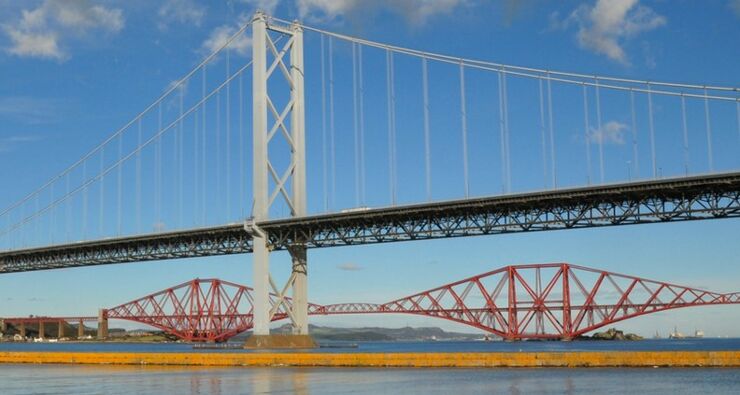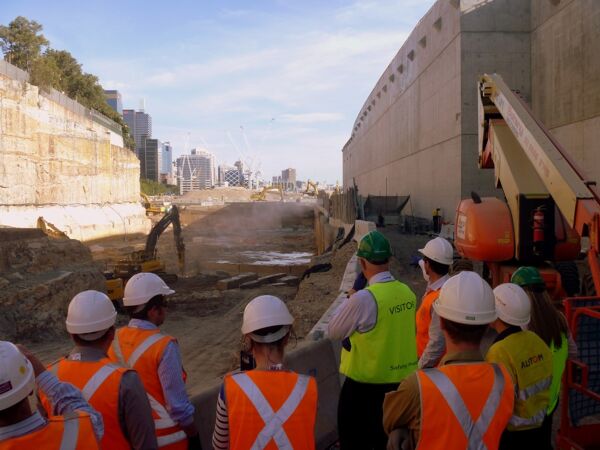
The Forth Road Bridge is one of 200 inspirational and world-changing People and Projects, which have transformed people’s lives for the better.
Completed in 1964, the Bridge replaced a centuries-old ferry service carrying vehicles, cyclists and pedestrians across the Firth of Forth.
The growth of private cars resulted in lengthy delays on the ferry so the new bridge transformed how people travelled between the North and South of Scotland.
Over 2.5 km long, the bridge carried up to 80,000 vehicles a day at its peak, considerably in excess of its design capacity.
The bridge's length meant the supporting cables had to be particularly strong. Each cable is made up of 11,618 high tensile wires with a diameter of 4.98mm – more than enough wire to go all the way around the earth.
As well as being immensely strong, the bridge is also highly flexible: in high winds, it moves up to 7m horizontally and 2m vertically, when traffic is heaviest.
Sara Thiam, Regional Director ICE Scotland, said:
“When the bridge had to close for urgent repairs in December 2015, its closure caused significant disruption to commuters and businesses with a 33 mile diversion for over 70,000 vehicles each day.
The cost to the economy was estimated at £1m/day - an event of national significance. Now that the replacement crossing is open, its reuse as a sustainable transport corridor means that this beautiful bridge will continue to serve Scotland for many years to come.”
“Civil engineering gives you a chance to change the world; there aren’t many jobs where you can make a difference by changing people’s lives for the better, " said Ewan Angus, Major Bridges Director, Forth Bridges.
More information on the Forth Road Bridge and a short video featuring the engineers who look after it can be found on the What is Civil Engineering? pages of the ICE website.
The pages are a useful tool for young people thinking about a future career in civil engineering, whatever their qualifications.
The platform was designed to promote a better understanding of the profession after it was revealed that just 35% of young people could describe what a civil engineer does.



